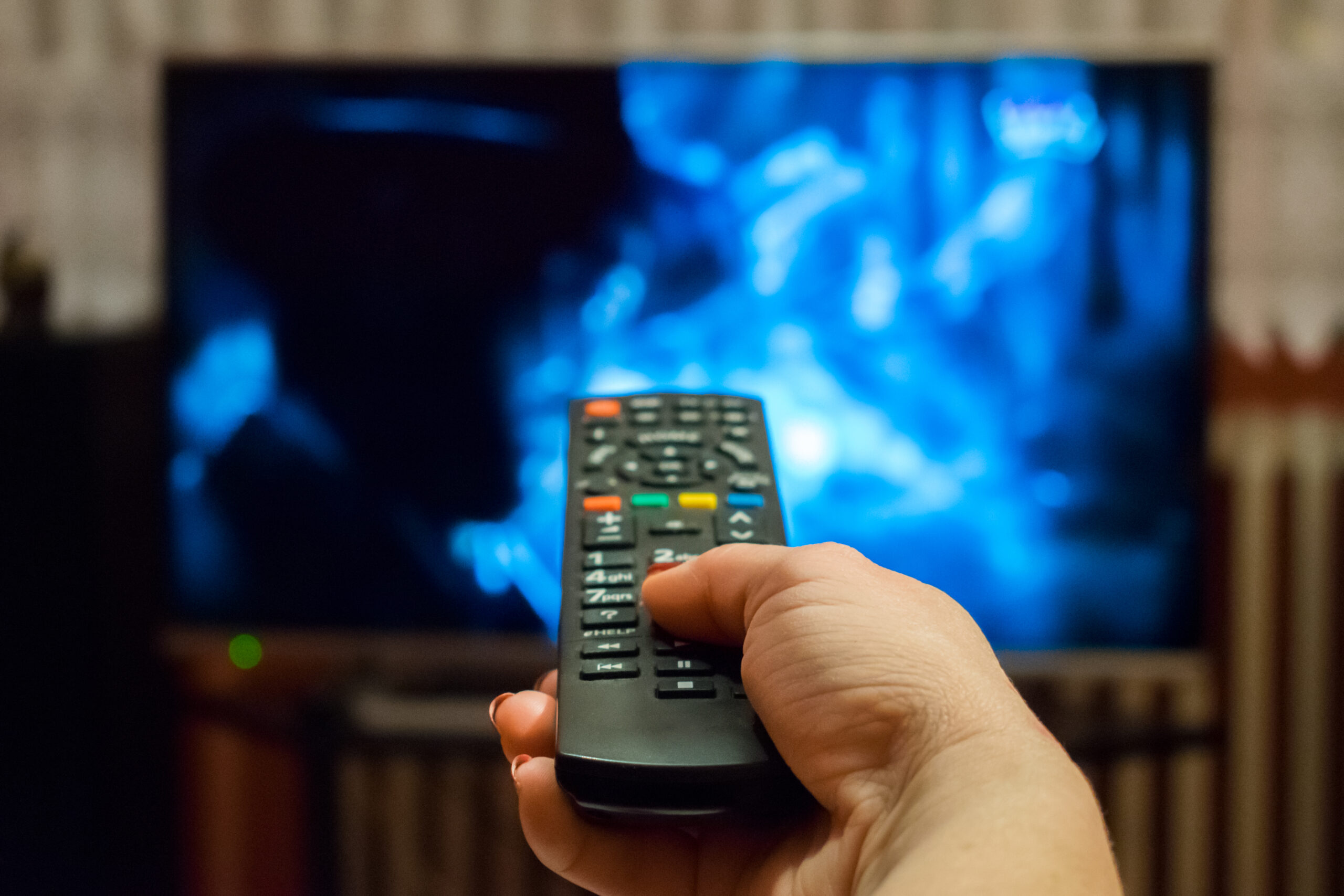Momentum is building for America’s transition to the next generation of free television service – better picture and sound, hyperlocal weather and emergency alerting, all free with an antenna thanks to NextGen TV (ATSC 3.0). In an important step forward, the Federal Communications Commission (FCC) has proposed eliminating key barriers that have slowed broadcasters’ ability to bring viewers the full benefits of this cutting-edge technology.
In a draft Notice of Proposed Rulemaking (NPRM) released ahead of the Commission’s October 28 vote, the FCC proposed removing unnecessary requirements that have slowed the rollout of ATSC 3.0, marking an important inflection point in the nation’s transition to this new technology. The proposal reflects the Commission’s growing recognition that the future of broadcasting depends on innovation, not regulation, and that local stations are already leading the way.
The FCC’s draft notice comes on the heels of new investment in ATSC 3.0 across the government and industry. The U.S. Department of Transportation recently awarded NAB a $744,000 contract to advance field testing of the Broadcast Positioning System™ (BPS), which uses NextGen TV signals to enhance GPS resilience and strengthen national security. And earlier this year, all 50 state broadcaster associations united behind a resolution urging the FCC to establish a clear plan for completing the transition.
NextGen TV progress is also evident in communities across the country. Today, more than 125 television stations in 80 markets reaching roughly 75% of viewers are already broadcasting with the ATSC 3.0 standard, delivering enhanced interactive services to local communities.
NextGen TV represents the most significant leap forward in television broadcasting since the digital transition. It delivers ultra-high-definition picture and sound, robust emergency alerting, interactive features and powerful new datacasting capabilities that can power everything from connected vehicles to precision agriculture. We look forward to working with the Commission as it removes these barriers and establishes dates by which the broadcasting industry and viewers will take this exciting leap into the next generation of television.




